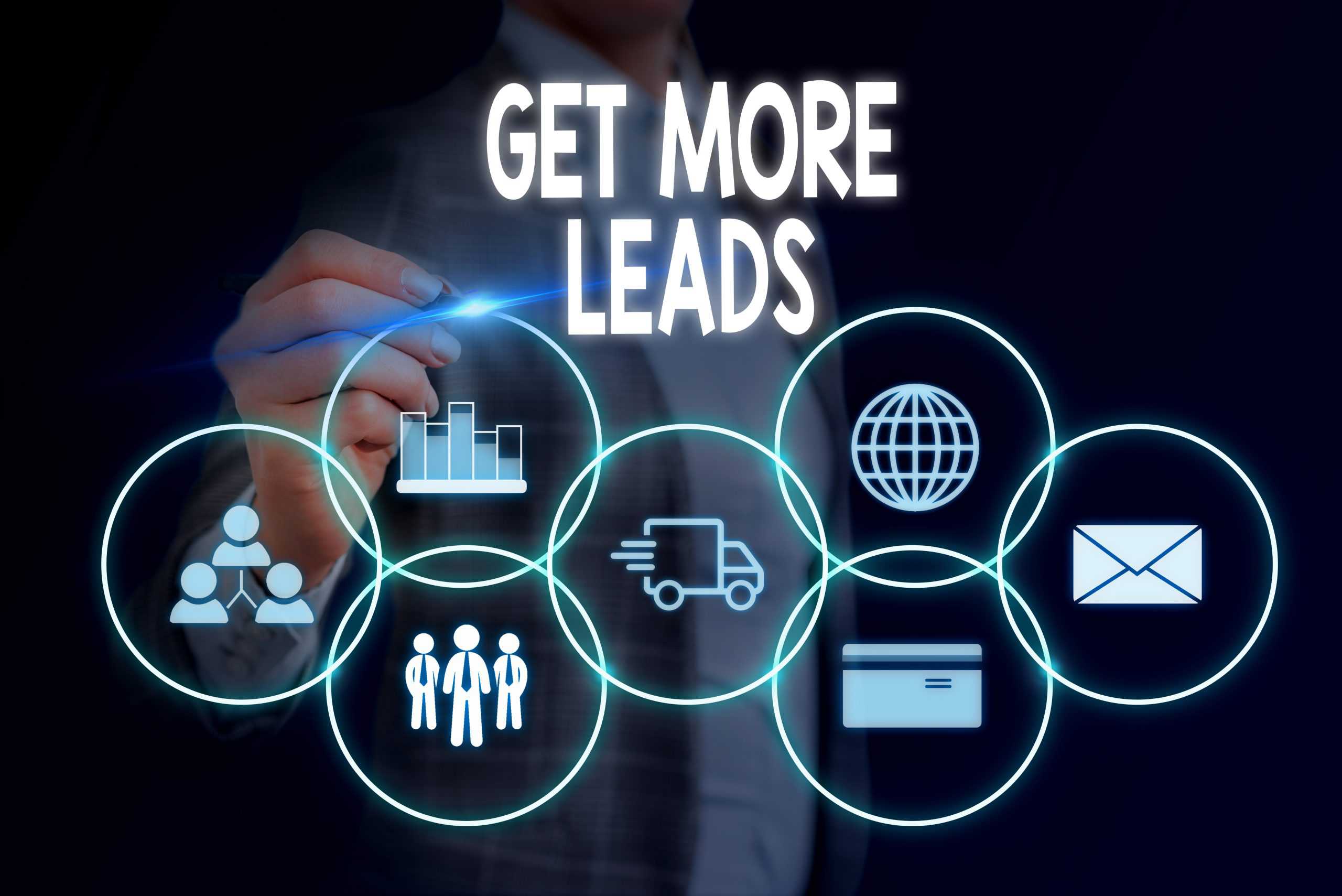This election I’m “geofencing” a difficult-to-reach target audience for many candidates, giving them a better chance of winning.
It’s a powerful tool.
It can be used for B2B, but it’s perfect for B2C marketers.
Geofencing can be used in many ways…
For example, if you sell a health and wellness product or service, you can target a digital campaign to prospects who have shopped at Whole Foods or vitamin shops nationally or locally in the last 6 months…
Or if you’re selling country music concert tickets, you can target anyone who has been to a country music concert within the last 12 months.
Geofencing, for politics, products, or services is a powerful way to reach prospects that every company could use.
Then you can send Facebook ads, google ads, pre-rolls and more to the geofenced names.
Geofencing allows marketers to strategically target prospects and gather their Mobil IDs based on their physical location, on any given date.
I will usually use the location going back 9 months if it’s a store like Whole Foods or a church. If it’s a concert or event, I’ll use multiple locations based on the dates of the events.
This is different from retail geofencing with apps that identify mobile users in any geographic area (within 1,000 square feet), and target them with relevant, push notifications when they walk or drive by the geographic area you’ve identified.
For example, a deli or drug store can send push notifications for special sales and discounts when customers walk or drive by. Retail stores in a mall can notify potential shoppers about special deals when pulling into the parking lot or walking about. Or a restaurant might set up geofencing around a competitor and send push notifications about their 2-for-1 lunch special.
This geofencing allows you to get your offer or message out to customers at the right moment, when they are nearby, in a way never seen before.
This exact precision allows marketers to immediately send pertinent info that’s of interest to their target demographic.
But, what I’m talking about is different.
The geofencing ideal for e-commerce and lead generation I’m talking about will use mobile IDs to target your ads on Facebook, Google, YouTube, and more to send your message in a digital campaign to the right prospect.
One great example from our clients is when we used geofencing as part of a multi-channel integrated marketing campaign for a candidate.
We “fenced” 74 different Evangelical Churches for people who went to Sunday service within the last 6 months in his congressional district, and gathered 94,000 mobile IDs, helping us build a large database in a short amount of time.
Using geofencing we collected the contact information of 10,000 highly motivated voters who were also considered “low propensity” voters, more than 10,000 petition signers for voter registration and GOTV, and more than 100,000 landing page visitors, all for under $15,000.
Geofencing allows you to:
- Highly target a specific audience.
- Expand your reach in a way you couldn’t using email, direct mail, or traditional digital.
- Give you an opportunity to build your database of prospects quickly and cost-effectively.
- Combine real-time and past geofencing strategies.
If you’re interested in learning more about the potential of geofencing marketing and would like to talk to me about brainstorming strategies for your potential geofencing campaign, contact Michael at 615-933-4647 or email him at [email protected].
